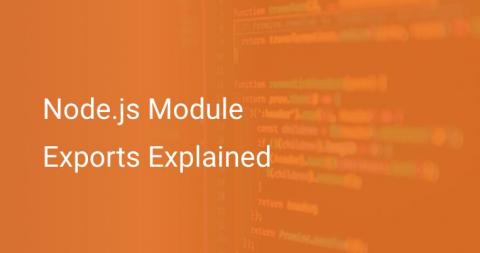Monolithic vs. Microservices Architecture: A Side-by-Side Comparison
Microservices have gained a lot of traction in the last few years. Ever since the dawn of time, monolithism – packaging all your modules into one colossal codebase – was the default way to go when building software applications. However, as applications have had to cater to increasing volumes (of millions) of users over the internet over the last decade, scalability and flexibility have become ever more critical.











